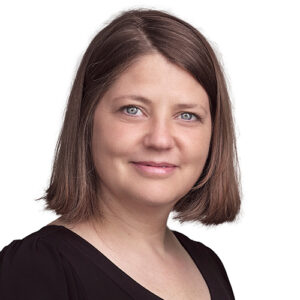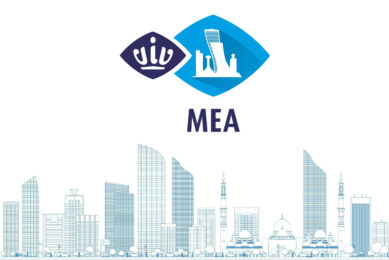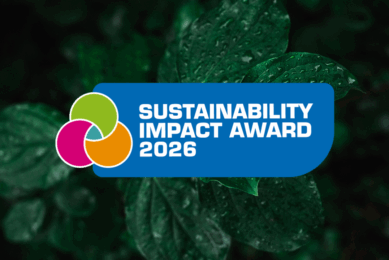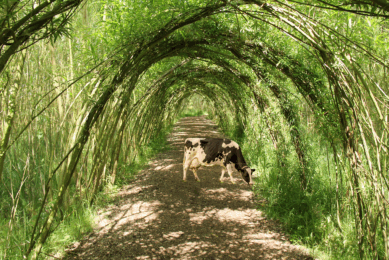EU feed sector calls for clarity as Vision for Agriculture takes shape
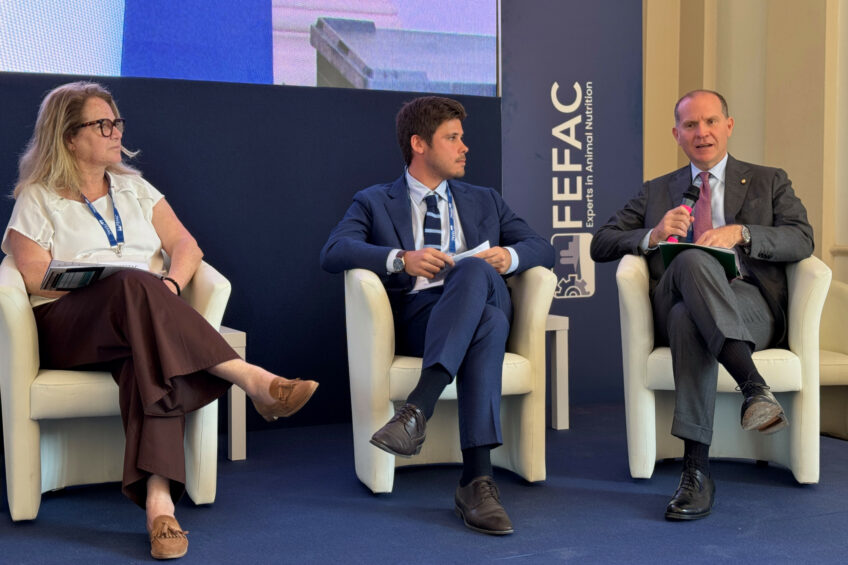
FEFAC recently brought together feed industry leaders, EU policymakers and international trade representatives to discuss how the livestock sector can navigate shifting regulatory, market and environment demands. Speakers addressed the European Commission’s new Vision for Agriculture, the role of feed in reducing emissions, and the challenges facing Europe’s supply chains. Several speakers welcomed the political tone, but stressed that what’s needed now are practical mechanisms — not just high-level objectives.
COPA president Massimiliano Giansanti opened the session by urging EU institutions to create conditions that allow the livestock sector to remain viable. Giansanti expressed cautious optimism, noting that there were “a lot of positive outcomes” in the Commission’s new Vision for Agriculture. “But we have to see what happens in the next month,” he said. “We have to see which are the real instruments for farmers and which are for the companies that work with the farmers.” He framed the livestock sector as central to European identity and food security, arguing that competitiveness and sustainability must be pursued together. “The livestock sector is not only a sector that produces food, but is also a sector that maintains the rural economy, that maintains a tradition,” he said.
Need for investment and clarity
Giansanti also called for public investment and a regulatory framework that enables farmers and related businesses to continue their activities. He said current political strategies have contributed to confusion and disengagement within the agricultural community. “The majority of farmers have lost confidence in Europe,” he said. “I think this is a big mistake. We need to bring back this confidence.”
The future of European agriculture depends on restoring farmers’ confidence and making sustainability economically viable.
– Massimiliano Giansanti, COPA president
Key questions remain unanswered
While Giansanti’s message was broad and emphatic, he left several key questions unresolved. He offered no specific proposals on how the livestock sector could meet emissions targets without losing competitiveness, for instance. He didn’t outline how resilience in the farm sector could be achieved — or on what timeline, and he offered little guidance on how feed manufacturers could participate more directly in the transition. These themes were taken up in more detail by later speakers.
Feed sector challenges intensify
As the day progressed, panellists and presenters brought the challenges facing Europe’s feed sector into sharper focus. Speakers addressed supply chain pressures, regulatory uncertainty and trade disruptions, linking these developments to the availability and affordability of feed ingredients.
Grain flows disrupted by conflict
Ted Swinkels, president of COCERAL, described how geopolitical instability and policy ambiguity are disrupting grain flows into the EU. He pointed to ongoing volatility in the Black Sea region, where damage to Danube terminals has reduced export capacity and heightened uncertainty. “There have been more than 100 missile attacks on Ukrainian ports,” he said. “Now they’re even targeting the Danube terminals, so areas that were thought to be safe are now also under threat.”
Uncertainty over import conditions
Swinkels said these disruptions are already affecting feed supply chains. “There’s a lot of uncertainty from the Black Sea. And if we don’t get clarity on import conditions, it will be very difficult to plan,” he said. He also addressed the implications of possible changes to the EU’s duty-free access for Ukrainian wheat. “We’ll be back to about one million tonnes of duty-free wheat,” he said. “Everything above will be taxed heavily.” Until recently, Ukrainian wheat imports to the EU were significantly higher than that threshold, underscoring the potential impact on price and availability. Following the FEFAC meeting, on 6 June, the EU reinstated pre-war tariff quotas on some Ukraine agricultural imports, including wheat and barley. It also established new, smaller duty-free quotas, including a duty-free quota of 1 million tonnes annually for wheat and 350,000 tonnes for barley. A pre-war 650,000-tonne annual quote for maize was also reimposed.
We’re facing volatility on every front — logistics, pricing and policy.”
— Ted Swinkels, president of COCERAL
Policy delays threaten procurement
Swinkels expressed concern about how slowly policy decisions are unfolding. “If we don’t have clarity very soon, we risk a paralysis in procurement decisions,” he said. He urged policymakers to work more closely with the industry to understand the timelines and constraints involved in forward contracting. He warned that soybeans could also be affected if tariffs on US-origin soy are reinstated as a result of an ongoing WTO case. “We’re facing volatility on every front — logistics, pricing and policy,” he said.
Weather raises quality concerns
Looking to the summer harvest, Swinkels also flagged looming quality concerns. Persistent wet weather has increased the risk of mycotoxins in domestic cereals. “There will be issues with DON, with aflatoxin — especially in the southeast,” he said. For compounders and integrators, this means less flexibility and a greater need for predictable import access. As Swinkels noted throughout his remarks, without clarity and coordination, volatility at every link in the chain threatens to ripple across the feed sector.
5 key policy areas
Brigitte Misonne, Head of Unit, Animal Products, DG AGRI, followed with a structured overview of how the EU’s livestock workstream is being developed.
She described 5 key policy areas:
- competitiveness
- innovation
- footprint reduction
- support tools
- shared diagnosis of sector challenges
Eco-schemes support emissions reductions
Misonne referred to existing CAP eco-schemes that already link feed efficiency with emission reductions. Portugal’s scheme encourages more efficient animal nutrition to reduce methane, while a programme in Belgium, a Flemish eco-scheme, supports feeding strategies that currently cover around 7% of the region’s livestock units. Slovenia, she noted, is implementing a combination of feed additives and nutrient planning to address enteric methane and nitrogen loss. She also flagged broader support mechanisms, pointing to Horizon Europe and LIFE as funding pathways for feed-related innovation. These examples, while administrative in tone, gave attendees a clearer sense of what policy instruments are already available and what may come next under the evolving Vision for Agriculture.
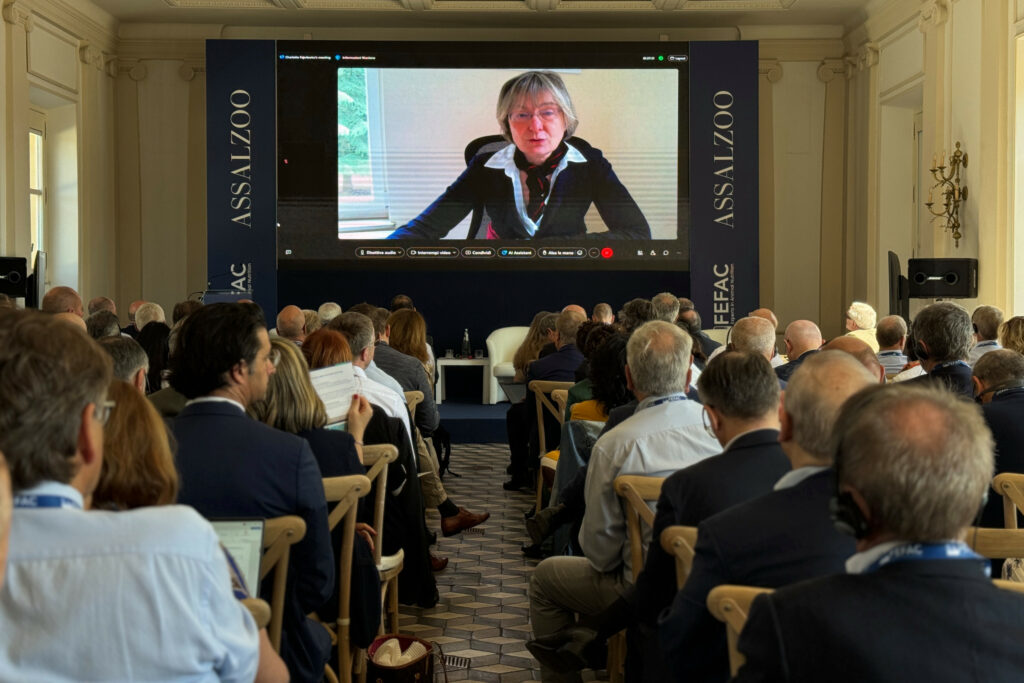
Deforestation rules raise compliance risks
Pedro Cordero, chair of FEFAC’s Sustainability Committee, shifted attention toward regulatory risk. He cited a potential €4 billion cost to the sector from the EU Deforestation Regulation, warning that without practical implementation tools, the regulation may create more instability than benefits. “We are facing a potential penalty of 4% of revenues,” he said. “We do not currently have a solution for this.” Cordero explained that while the feed industry supports sustainable sourcing, the regulation’s current design is not matched by operational readiness. “There is no national guidance in most countries. There is no definition of how to apply geolocation rules in complex supply chains. And we are supposed to comply in 6 months,” he said.
We have the market conditions for sustainability. Don’t destroy them.”
— Pedro Cordero
Call for practical implementation tools
He urged authorities to offer clear compliance pathways and suggested that mass balance approaches could offer a workable alternative to consignment-level traceability. Without such flexibility, he warned, the regulation could damage the market structure. “The small companies will not survive,” he said. He also noted the contradiction between climate ambitions and trade policy. “We are trying to reduce emissions,” he said. “But we will need to change the origin of the raw materials because of the legislation.” Cordero warned that the existing conditions for sustainable feed sourcing could be undermined without more pragmatic regulation. “We have the market conditions for sustainability,” he concluded. “Don’t destroy them.”
When we come here to Europe and we listen to people who don’t understand what we do and they make the laws that we have to follow, it’s really frustrating.”
– Ricardo Arioli, Brazilian cattle farmer
Brazilian farmer challenges deforestation costs
Ricardo Arioli, a grain and cattle farmer from Mato Grosso, Brazil, delivered a critique of the EU Deforestation Regulation (EUDR). Speaking as president of the National Commission for Grains and Oilseeds at CNA Brazil, Arioli argued that the regulation increases costs and bureaucracy for Brazilian farmers without effectively addressing deforestation. “To segregate everything to Europe will increase the cost by at least $30 per tonne,” he said. He pointed to Brazil’s existing sustainability practices, including no-till cropping, biological nitrogen fixation and the legal reserve requirement. “We are ready to prove and to move forward with sustainability,” he said, “but not with legislation that only brings costs and confusion.” His frustration with the regulatory disconnect was palpable: “When we come here to Europe and we listen to people who don’t understand what we do and they make the laws that we have to follow, it’s really frustrating.” Arioli’s remarks added a grassroots, producer perspective to the day’s largely institutional discussion of EUDR compliance and enforcement.
Call for EU-US regulatory alignment
Jim Sutter, CEO of the US Soybean Export Council, called for more cooperative engagement between the EU and the USA on sustainability standards and verification. While acknowledging the differences in farming practices, he stressed the need for consistency and mutual recognition to maintain open market access. He encouraged customers to learn more about US production systems and to share that information within their own networks. While Sutter’s remarks emphasized cooperation, they also implied the need for greater regulatory alignment. He cautioned that failure to align regulatory systems could disrupt long-standing trade relationships. He urged industry actors to act as translators and facilitators, helping policymakers understand how compliance works in practice across complex international supply chains.
Meeting tone shifts from political to operational
Throughout the day, the tone of the meeting shifted from broad political signalling to operational detail. Speakers generally acknowledged that livestock remains a central pillar of Europe’s food system. The most practically oriented interventions addressed economic, regulatory and logistical specificity — key concerns for feed professionals. Whether discussing emissions-linked payment models, cross-border sourcing risks or the need for stable tariff regimes, speakers highlighted the sector’s need for greater clarity on how to adapt, invest and compete under the EU’s evolving agricultural framework.


